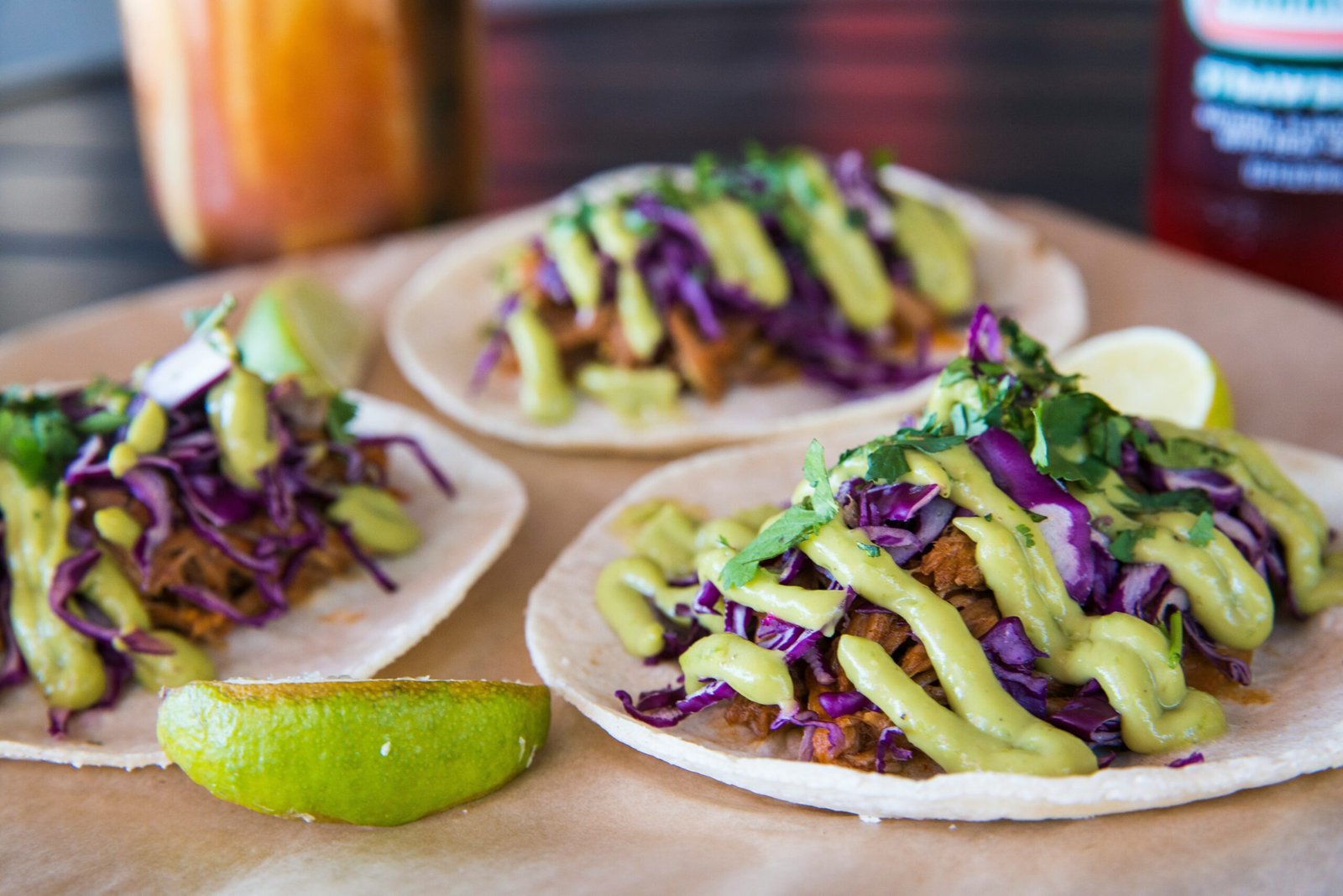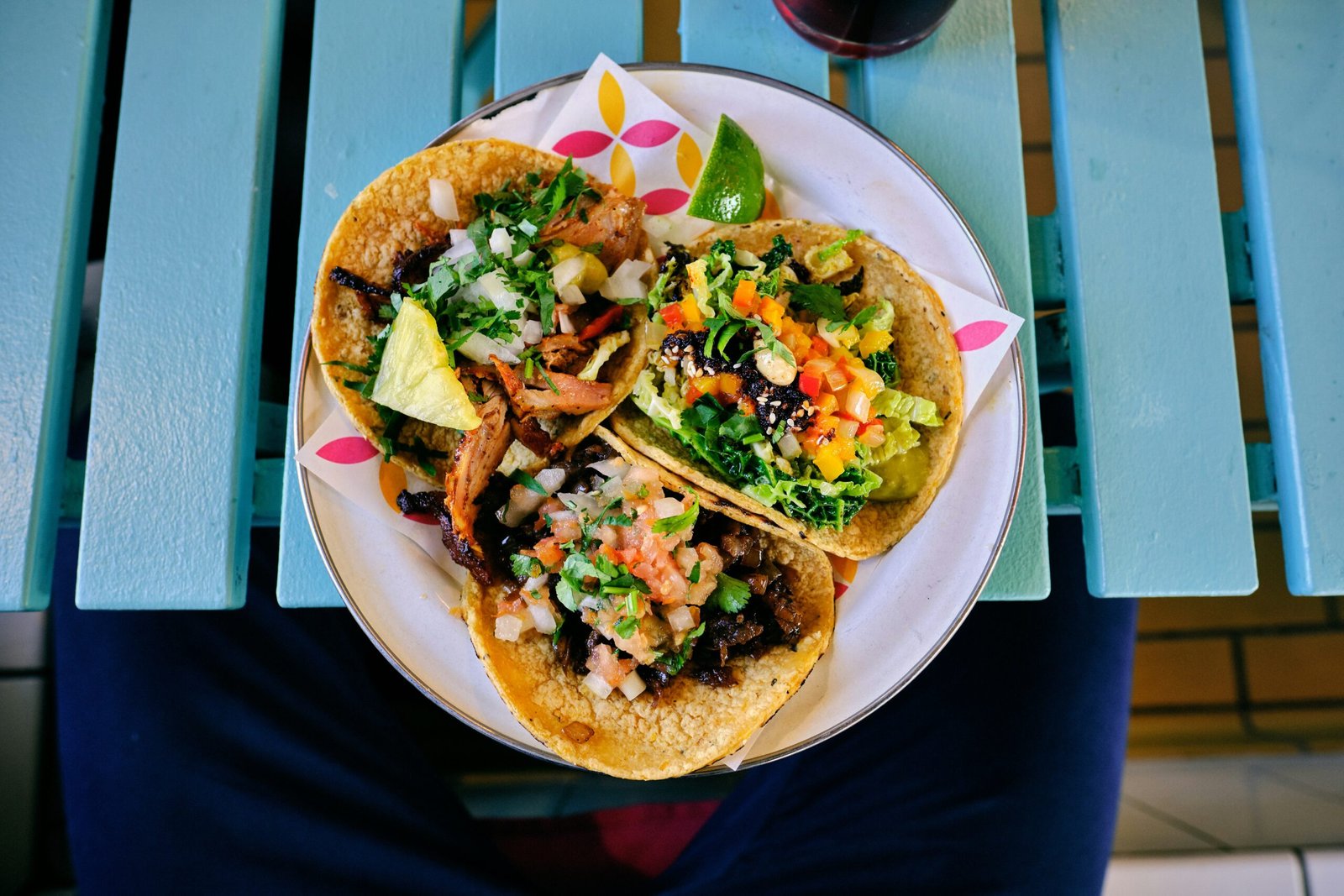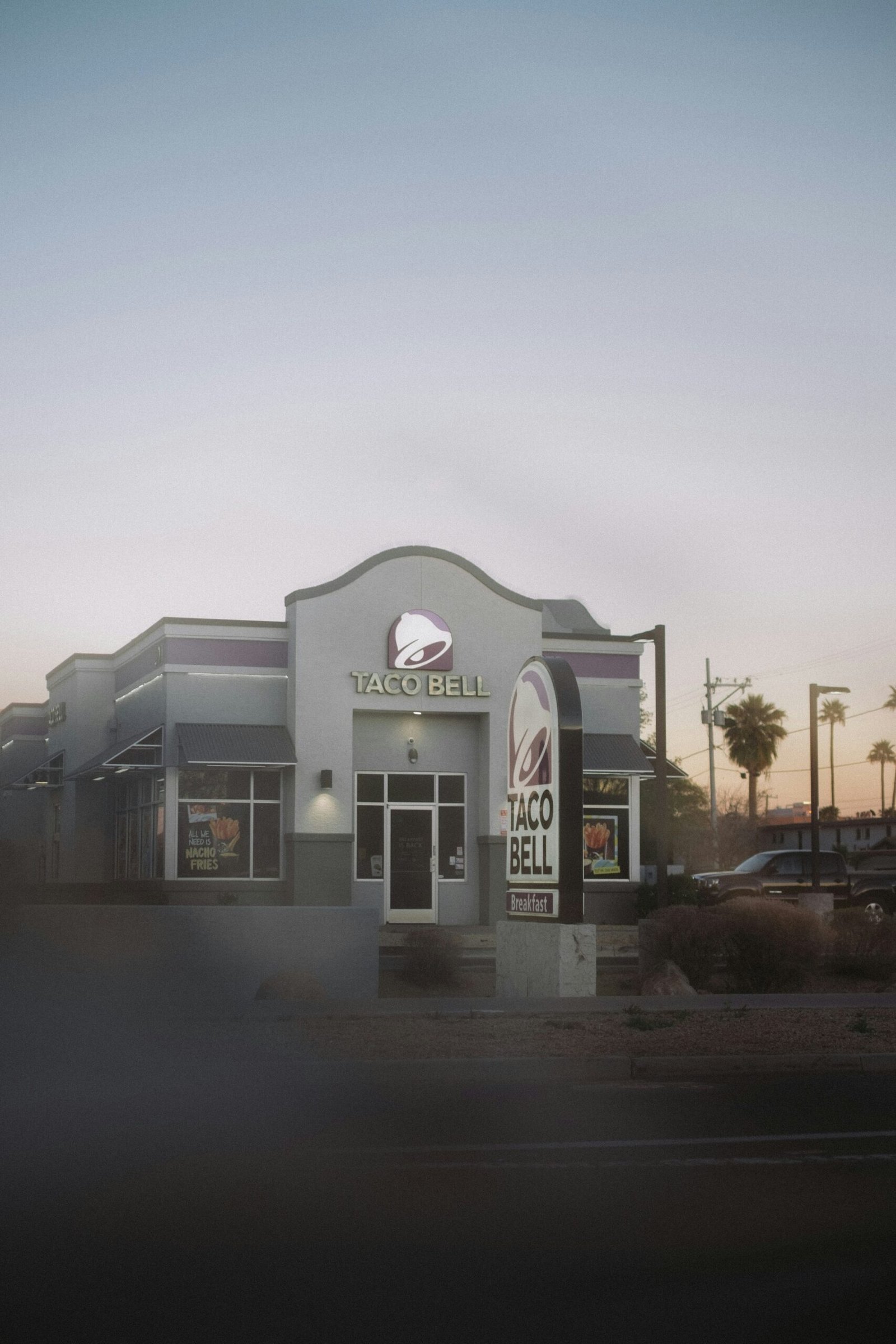The Origins of Taquitos and Rolled Tacos
Taquitos and rolled tacos are both popular Mexican dishes that have gained popularity around the world. While they may seem similar at first glance, there are some key differences between the two. To understand the distinction, it’s important to delve into the origins and characteristics of each dish.
Taquitos: A Culinary Tradition
Taquitos, also known as flautas, have a rich culinary history that can be traced back to Mexico. The term “taquito” actually means “small taco” in Spanish, and it refers to a dish made by filling a small tortilla with various ingredients, such as shredded chicken, beef, or cheese, and then rolling it tightly before frying it to a crispy perfection. Traditionally, taquitos are made with corn tortillas, which give them a distinct flavor and texture.
Rolled Tacos: A Regional Variation
On the other hand, rolled tacos, also referred to as “tacos dorados” or “flautas” in certain regions, share similarities with taquitos but also have their own unique characteristics. Rolled tacos are made by tightly rolling a larger flour tortilla around a filling of meat, cheese, or beans, and then frying it until golden and crispy. This variation in the type of tortilla used sets rolled tacos apart from traditional taquitos.
Key Differences in Preparation and Presentation
The primary difference between taquitos and rolled tacos lies in the type of tortilla used and the size of the rolled-up dish. Taquitos are typically made with small corn tortillas and feature a thinner, more delicate shell, while rolled tacos are crafted using larger flour tortillas, resulting in a heartier and more substantial texture. Additionally, the fillings used in each dish may vary, with taquitos often showcasing shredded meats and rolled tacos offering a broader range of filling options, including beans and cheese.In terms of presentation, taquitos are often served standing upright on a plate, resembling small, flute-like instruments, which is how they earned the name “flautas.” On the other hand, rolled tacos are typically presented lying flat on a plate, with their larger size making them a more substantial meal option.While both taquitos and rolled tacos are commonly enjoyed with an array of toppings such as guacamole, salsa, sour cream, and shredded lettuce, the distinction in their size, tortilla type, and fillings sets them apart as unique culinary offerings.
Conclusion
In summary, while taquitos and rolled tacos share some similarities in terms of their rolled and fried preparation, they differ significantly in the type of tortilla used, the size of the dish, and the fillings incorporated. Understanding these differences allows for a deeper appreciation of the diverse and vibrant culinary traditions within Mexican cuisine. Whether you prefer the delicate crunch of a taquito or the heartier texture of a rolled taco, both dishes offer a delightful combination of flavors and textures that continue to captivate food enthusiasts worldwide.
The Evolution of Taquitos and Rolled Tacos in Mexican Cuisine
Taquitos and rolled tacos have a rich history that extends beyond their origins, as these iconic Mexican dishes have evolved over time to adapt to regional preferences and culinary trends. As Mexican cuisine continues to captivate the global palate, understanding the nuances and adaptations of these beloved dishes can provide valuable insights into the dynamic nature of this vibrant culinary tradition.
Regional Variations and Adaptations
One of the most fascinating aspects of taquitos and rolled tacos is the way they have been adapted and reinterpreted across different regions of Mexico. While the core elements of each dish remain consistent, local influences and preferences have given rise to unique variations that showcase the diversity of Mexican cuisine.In the northern states of Mexico, for instance, taquitos are often made with shredded beef or chicken, while in the central and southern regions, fillings might include pork, potatoes, or even seafood. Similarly, rolled tacos in the Baja California peninsula are known for their generous use of cheese and the incorporation of fresh vegetables, such as cabbage and carrots, into the filling.These regional variations not only reflect the rich cultural tapestry of Mexico but also demonstrate the adaptability and creativity of Mexican cooks, who have seamlessly integrated local ingredients and flavors into the traditional recipes.
The Influence of Globalization
As Mexican cuisine has gained global recognition and popularity, the evolution of taquitos and rolled tacos has extended beyond the borders of Mexico. The exposure to international culinary trends and the integration of diverse cultural influences have led to the emergence of innovative interpretations of these classic dishes.In the United States, for example, the demand for taquitos and rolled tacos has given rise to a wide array of fusion-style creations. Chefs and home cooks have experimented with non-traditional fillings, such as pulled pork, shredded beef, or even vegetarian options like roasted vegetables or black beans. Additionally, the incorporation of international spices, herbs, and sauces has added new layers of flavor to these Mexican staples.Moreover, the increasing popularity of taquitos and rolled tacos has led to the development of pre-packaged and frozen versions, making them more accessible to consumers around the world. While these convenience-oriented adaptations may not fully capture the authenticity of the traditional dishes, they have played a significant role in introducing and popularizing taquitos and rolled tacos on a global scale.
The Health-Conscious Transformation
In recent years, as health and wellness have become more prominent concerns among consumers, the evolution of taquitos and rolled tacos has also adapted to cater to these changing preferences. Driven by the demand for healthier options, chefs and home cooks have experimented with alternative cooking methods and ingredient substitutions to create more nutritious versions of these beloved Mexican delights.One such transformation involves baking or air-frying taquitos and rolled tacos instead of the traditional deep-frying technique. This not only reduces the overall fat and calorie content but also preserves the crispy texture that is so integral to these dishes. Additionally, the use of whole-wheat or gluten-free tortillas, as well as the incorporation of lean protein sources and an abundance of fresh vegetables, have made taquitos and rolled tacos more appealing to health-conscious consumers.Furthermore, the rise of plant-based diets has inspired the development of vegetarian and vegan-friendly versions of taquitos and rolled tacos. These meatless alternatives showcase the versatility of these dishes, as they can be adapted to accommodate various dietary preferences and restrictions without compromising on flavor or satisfaction.
The Cultural Significance of Taquitos and Rolled Tacos
Beyond their culinary aspects, taquitos and rolled tacos hold significant cultural significance within the Mexican culinary landscape. These dishes have become more than just food; they have become symbols of Mexican identity and a reflection of the country’s rich cultural heritage.The preparation and consumption of taquitos and rolled tacos are often deeply rooted in family traditions and community gatherings. They are frequently served during festive occasions, such as Cinco de Mayo or Day of the Dead celebrations, where they hold a special place in the hearts and memories of Mexican families. The sharing of these dishes not only nourishes the body but also strengthens the bonds within the community, as they serve as a means of preserving and passing down culinary traditions from one generation to the next.Moreover, the popularity of taquitos and rolled tacos has also contributed to the global recognition and appreciation of Mexican cuisine. As these dishes have gained prominence on international menus and in the homes of people around the world, they have become ambassadors of Mexican culture, introducing and educating people about the rich diversity and depth of this vibrant culinary tradition.
The Future of Taquitos and Rolled Tacos
As Mexican cuisine continues to evolve and adapt to the changing culinary landscape, the future of taquitos and rolled tacos remains promising. These iconic dishes are likely to continue captivating the hearts and palates of food enthusiasts worldwide, as they seamlessly blend tradition, innovation, and global appeal.Chefs and home cooks, both within Mexico and across the globe, will undoubtedly continue to experiment with new flavor combinations, cooking techniques, and presentation styles to keep these dishes relevant and exciting. The incorporation of sustainable and locally sourced ingredients, as well as the exploration of plant-based alternatives, will further expand the possibilities for taquitos and rolled tacos, catering to the evolving preferences of health-conscious consumers.Moreover, the cultural significance of these dishes is poised to endure, as they serve as a tangible connection to the rich tapestry of Mexican culinary heritage. As the world continues to embrace and appreciate the diversity of global cuisines, taquitos and rolled tacos will undoubtedly remain as cherished and celebrated icons of Mexican food culture.In conclusion, the evolution of taquitos and rolled tacos is a testament to the dynamism and adaptability of Mexican cuisine. From their humble origins to their global recognition, these dishes have captivated the hearts and palates of food enthusiasts around the world, and their future promises continued innovation, cultural preservation, and a deeper appreciation for the vibrant flavors and traditions of Mexico.



